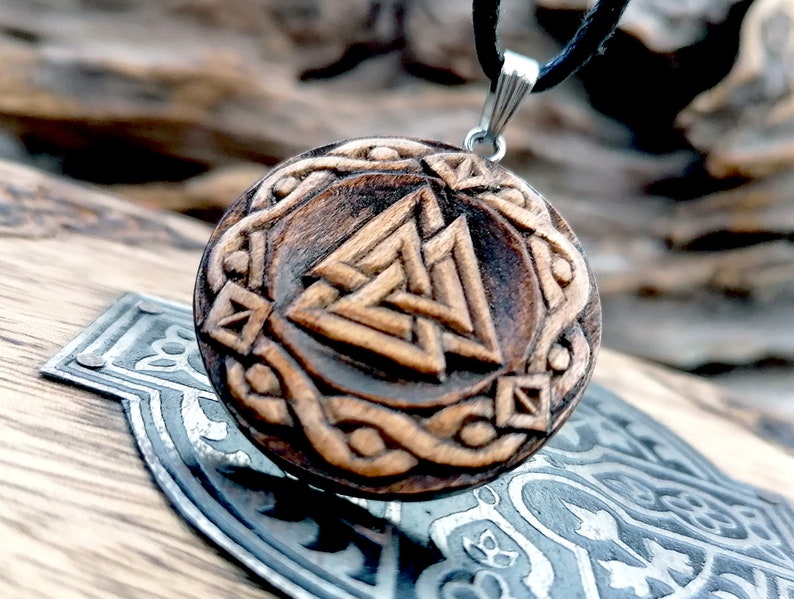

For example, in the United States, the symbol has utilized a logo for the Tau Kappa Epsilon fraternity. It was utilized by different political groups, and sometimes it sees use in modern popular culture. Nowadays, the valknut symbol plays a huge role in modern Heathenry, where a lot of explanations, as well as interpretations of the symbol, are given. However, as we saw, this is far from the case, as the heart made of hard stone is utterly incongruous with the ecstatic magic of Odin.Īccording to the present state of knowledge, we may simply say that the meaning of the valknut is mostly connected with death, the transition from life to death, as well as Odin and the power to bind, as well as unbind. That is such a general description that the idea that Hrungnir’s Heart and the valknut are the same symbols seems to match the description of Snorri. All that this description tells us about the visual form of Hrungnir’s Heart is that it had a triangular shape. Weaving is the symbolic sense, and spiritual power was almost synonymous, so it has to come as no surprise that a symbol that involves power over life and death would be imagined as a knot.Īnother less satisfying explanation which scholars invoked is that the valknut could be the Hrungnir’s Heart, mentioned in Snorri Sturluson’s’s Prose Edda: Hrungnir had a heart made of hard stone and pointed with three corners, simply like the carved symbol which was called Hrungnir’s’s heart ever since. However, the explanation is all the more plausible since the form of heathen Norse magic, which the sources mention the most usual, namely seidr, utilized imagery related to spinning and weaving fiber in order to symbolize altering the course of events. The valknut also received sporadic use in modern popular culture and is once again connected with Germanic paganism. The valknut was also compared to the three-horned symbol found on the 9 th-century Sholdelev Stone, to which it may also be related.

The valknut, with its knot-like appearance, is interpreted as a symbolic expression of this idea.

Odin also had the power to lay bonds upon the mind, so that men became helpless in battles, and he could also loosen the tensions of fear, as well as a strain by gifts of battle-madness, inspiration, and intoxication. According to a literary source, he and his attendant spirits, like the valkyries, usually used magic, which is described regarding unbinding and binding, tying up the mind or untying it. Odin was one of the most powerful of all the shamans and magicians. To find associations with both Odin and death together should come as no surprise, as Odin has been, among many other things, a psychopomp – that is a figure that ferries the spirits of the dead to the underworld and then back to the world of the living – and the leader of different hosts of the dead like the warriors of Valhalla and the Wild Hunt. For instance, the Anglo-Saxon urns feature depictions of wolves and horses, two animals that usually accompany Odin in the Norse mythological tales. Even in moments where he is not present directly alongside the valknut, we usually find some other symbols which are closely related to it. In most of the cases, scholars also proposed a variety of explanations for this symbol, sometimes associating it with the god Odin. They are another Germanic people that are closely related to the Norse linguistically, ethically, as well as regarding their pre-Christian worldview and religion. Similar-looking symbols may also be found on the cremation ruins of the Anglo-Saxons. In the archaeological record, the valknut appears just in connection with the cult of the dead, as in the runestones and ship burial, which we mentioned before. What was the meaning of this symbol? Well, there is one short answer, and it is that it is not known. Valknut is a modern Norwegian compound word, which means knowledge of the ones fallen in battle, and it has been introduced by Norwegians that lived long after the Viking Age. The name of this symbol was mentioned in any period sources.


 0 kommentar(er)
0 kommentar(er)
